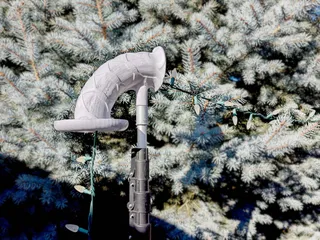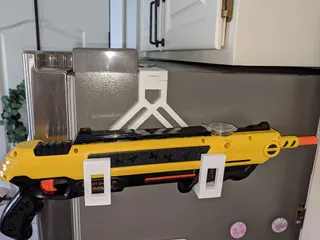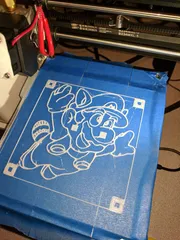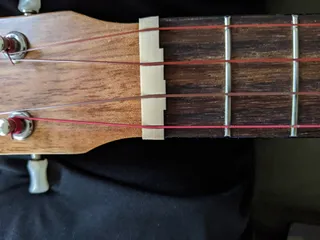Archipanels - make your own polyhedra
Description
PDFUpdate v3 - The holding bumps are thicker now to reduce layer splitting issue. I loosened the ff value a little. If they won't hold together, make ff a little smaller. Bonus: you can build with makefile now, just clone https://github.com/jdanders/archipanel-scad and ‘make’
Update v2 – I inserted a gap between the bumps to make connection easier. No more bruised thumbs! You can still play with ff to adjust tightness. This upload is a little tight for more longevity…
For a list of known shapes to create, try either of these wikipedia articles, and many of the related links in them.
https://en.wikipedia.org/wiki/Archimedean_solid
https://en.wikipedia.org/wiki/Johnson_solid
I've included the basic shapes, as well as some arrays to get the most parts created per print job. Print at a layer height of 0.1mm. If the pieces don't fit well, you'll need to use OpenSCAD and adjust the “fudge factor” ff parameter. There is a test piece you can print to get the right settings.
The target of this project is for kids to play with as toys, so rather than a tight, solid fit, these provide a easier fit with easy rotation. Additionally, this print is really sensitive to calibration, so make sure to check fit before printing a lot of them.
The design requires zero support and very little material. All of the pieces in the cover picture (4 polyhedra) are only 128g of filament total. Compared with some similar designs, there is a cutout in the middle for ease of assembly, and the piece is only half as tall as the joint, which allows full flexibility in part rotation.
This is based on polypanels by Devin Motes at Make Anything. The primary difference between this and polypanels is scaling down 70% size
for material savings and ease of packing in bags/purses. The smaller scale
and kid-friendly latching drives a different interconnect design.
Dimensions
See the polypanels page for a description of the virtual edge, which is
the rotate line of latched pieces.
In this design:
* the virtual edges are 31.5 mm in length.
* the virtual to physical distance is 1.75 mm
* the latch depth is 3.5 mm, centered about the virtual edge
* a basic wall has these lengths |--------------------------31.5---------------------------------| |-3.75--|---4---|---4---|---4---|---4---|---4---|---4---|--3.75-|
________________|||||||||_______|||||||||_______|||||||||_________ | --ball-- -------socket------- |
The lengths above apply to the base of the "ball" and "socket" finger joints
The socket is on the left, and the ball of the joining piece goes in between
the two socket pieces.
The ball in the one extending piece on the right.
set of shapes needed for archimedean solids:
triangles: 80 (32 if ignore snub dodecahedron)
squares: 30
pentagons: 12
hexagons: 20
octagons: 6
decagons: 12 (0 if ignore 2 shapes using decagons)
The dense arrays provide the following quantities:
120x120: 6 tri, 3 square, 1 pent, 2 hex (10x gives 60, 30, 10, 20)
220x220: 16 tri, 10 square, 4 pent, 7 hex (3x gives 48, 30, 12, 21)
220x220b: 12 tri, 2 octo, 4 deca (3x gives 36, 6, 12)
Tags
Model origin
The author marked this model as their own original creation.



